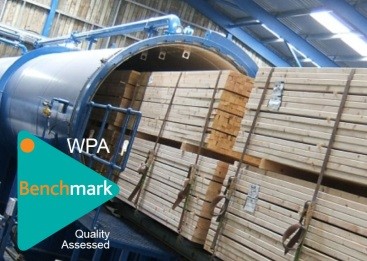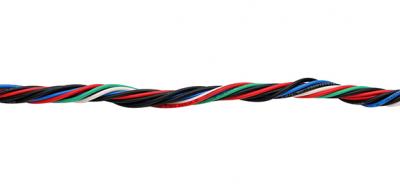How to specify preservative treated wood correctly
 It’s a mistake to assume that all pressure treated wood is the same. Whilst one piece of treated wood may look very much like any other the level of preservative protection could be very different.
It’s a mistake to assume that all pressure treated wood is the same. Whilst one piece of treated wood may look very much like any other the level of preservative protection could be very different.
That’s because the British Standard for wood preservation, BS8417, says that the level of preservative impregnated into the wood is tailored to the end use and service life desired. For example, an outdoor deck or fence post in ground contact will contain higher levels of preservative than an internal floor joist.
Where will the preservative treated wood be used?
BS8417 groups the applications for treated wood into four ‘Use Classes’:
Use class 1 is for internal applications where there is low risk of wetting.
Use class 2 for internal applications such as framing timbers where the wood may be exposed to occasional wetting, condensation or damp over its service life.
Use class 3 relates to wood exposed to the weather but not in direct soil contact.
Use class 4 applications are for wood used in permanent contact with the ground or fresh water.
What service life is required?
For internal construction timber 60 years is the normal service life. For external applications like fencing and decking 15 years is the default treatment with longer life components usually treated to order. If in doubt, ask the experts at the WPA for guidance info@wood-protection.org
Treated wood specifiers’ check-list
Treated wood specifiers’ checklist |
|---|
| 1. Establish the application Use Class of the component(s) you need before ordering |
| 2. Tell your supplier that the wood must be treated to comply with BS8417 for this use class. |
| 3. Where appropriate, specify the desired service life you require for the wood. |
| 4. Ask the supplier to verify or provide a treatment certificate that the wood supplied meets your specification. |
| 5. Never substitute wood treated for an indoor application for an external application – failure is inevitable. |
| 6. For wood in permanent ground contact, Use Class 4 levels of protection must be achieved. Anything less and service life, structural safety and customer satisfaction will be compromised. |
| 7. Always use end grain preservative for sealing untreated wood exposed when cross cutting, |
Further information
Visit the WPA website to find out more.
Sign up to the building bulletin newsletter
Over 48,000 construction professionals have already signed up for the LABC Building Bulletin.
Join them and receive useful tips, practical technical information and industry news by email once every 6 weeks.
Subscribe to the Building Bulletin




Comments
Add new comment